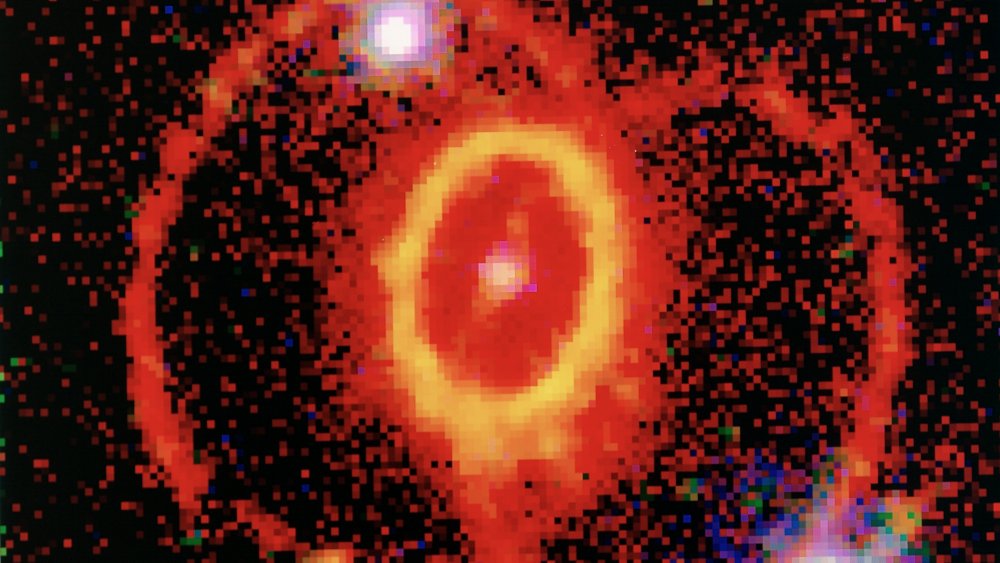How An Ancient Supernova Is Affecting Us All Right Now
Every year, cosmic dust lands on the Earth, varying between an annual weight of several thousand tons to tens of thousands. This month, a theory for the possible source of these substances has received some substantiation. The Australian National University (ANU) announced that its Professor Anton Waller, a nuclear physicist, has discovered evidence the Earth has possibly been travelling through a dust cloud for the last 33,000 years.
Using ANU's Heavy Ion Accelerator Facility, they searched through deep-sea sediments that date back 33,000 years and found the isotope iron-60, a substance only found as the result of supernovae. Because iron-60 completely decays after 15 million years and the Earth is 4.6 billion years old, the iron-60 must have arrived after the Earth's formation. And considering the fact that a supernova would have destroyed the Earth umpteen times over, it must have descended upon our planet after its creation.
The traces of iron-60 Professor Waller discovered in the sediment dated to two different times, 2.6 million years ago and 6 million years ago. This means that the Earth has probably traveled through separate dust clouds.
The picture gets complicated
Other research has complicated the picture, however. Earlier in the same week, the Technical University of Munich (TUM) issued a statement informing the world that it had discovered traces of iron-60 in the Antarctic snow. Twenty years ago, when TUM first discovered iron-60 in deep sea sediments, Dr. Gunther Korschinek hypothesized that they should be able to find more in the untouched snows of the Antarctic. And apparently they have. Dominik Koll, one of the researchers on the project, said they ruled out every other possible explanation: "Our analyses allowed us to rule out cosmic radiation, nuclear weapons tests or reactor accidents as sources of the iron-60. As there are no natural sources for this radioactive isotope on Earth, we knew that the iron-60 must have come from a supernova."
The snow itself wasn't old. It had only lain there for 20 years, meaning that any iron-60 found in it must be newly fallen. Also, it was unlikely that the iron-60 came from too far away, as it would has dissipated by the time it reached Earth. The next task for TUM, then, would be to analyze Antarctic snows that are 40,000 years old, older than the period in which Earth is estimated to have entered the cosmic cloud, to see whether iron-60 is present.

